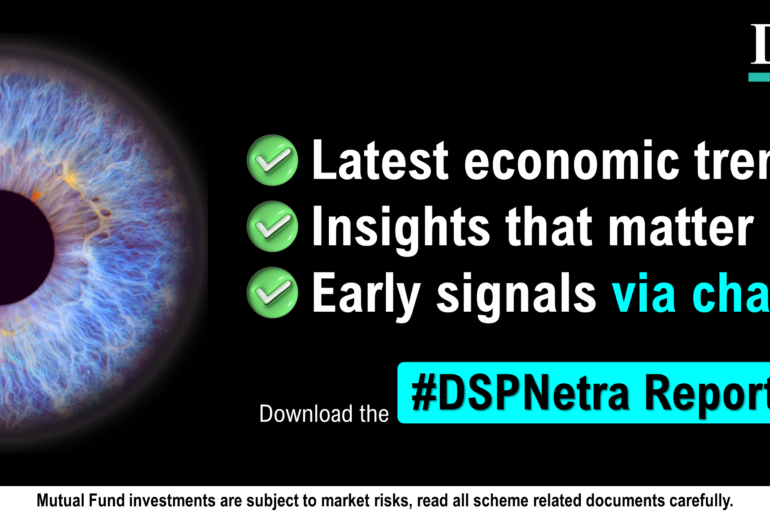Last Updated on Feb 20, 2023 by
We know that ‘trend following’ is a popular investment strategy aiming to profit from trending markets’ momentum. The basic idea behind trend following is that financial markets tend to move in a particular direction for extended periods and that it is possible to profit from these trends by taking a long or short position in the market.
But the big question is, how do you define a TREND? Out of various ways, one of the most simple and common methodologies is the golden cross strategy.
Table of Contents
What is the golden cross strategy?
The golden cross is a technical analysis indicator that traders widely use to identify potential bullish trends in a financial market. It is created by plotting two moving averages on a price chart: a short-term moving average (50-day MA) and a long-term moving average (200-day MA). The golden cross occurs when the short-term MA crosses above the long-term MA.
Why is the golden cross important?
The golden cross is considered an important trend-reversal signal in a market. When the short-term moving average crosses above the long-term moving average, it is seen as a signal of a potential trend change from bearish to bullish. This is because the golden cross suggests that the short-term trend is gaining momentum and that the market is starting to pick up steam.
The golden cross is a useful technical analysis indicator that can help traders identify potential bullish trends in the market. However, it is important to remember that the golden cross is just one indicator, not a trading system.
This is to say that you cannot simply buy all the stocks that are giving a buy signal. The golden cross acts as a confirmation of a trend. Let’s look at some examples to see if the indicator has any predictive power.
Instead of cherry-picking names, let’s take the latest example, the talk of the town, Adani Enterprises.
If we were following the golden cross-over system on a daily time frame, we would have entered Adani Enterprises on 23rd March 2022 at Rs. 1,603, and we got an exit on 19th February 2023 at Rs. 3,470 just before the carnage started.
Remember the important distinction we made; this is an indicator, not a system. So, for example, this can be a wonderful tool for value investors who are not sure how long to hold a stock which has already gone into the “expensive” zone.
Let’s look at some more examples to see how this indicator is loose enough to ride the entire trend and yet tight enough to save you from crashing and burning.
The indicator gave a buy on Yes Bank on 23rd March 2016 at Rs. 170. We were forced out at Rs. 210 in December 2018. What appeared to be a false signal turned out to be a huge blessing as Yes Bank kept plummeting and ended up becoming a penny stock.
Let’s look at Asian Paints to see how liberal the signal is in allowing for daily volatility.
A buy signal that was generated on a weekly timeframe on 12th June 2009 lasted 13 yrs, and the exit came in June 2022, creating generational wealth in the process.
There are many nuances to it that can be optimised. You can change the parameters (instead of the regular 50,200). You can change the time frame depending on your holding period (daily, or weekly).
Conclusion
While golden crossover is NOT a system in itself, having some discipline is BETTER than having none. For the uninitiated, it gives a very broad and accurate description of the current trend in the market.
To understand a stock better, you can also take advantage of Tickertape’s Scorecard. You can check the scores assigned to the performance, valuation, growth and profitability of a stock and analyse it better.
Go to Tickertape, search for your favourite stock and analyse its performance using the Scorecard. Explore Now!
Disclaimer: This article is for informational purposes only and does not constitute financial advice. Before making any trading decisions, always consult a professional financial advisor.
This article is authored by Manish Dhawan. He has 11 yrs of extensive experience and manages the Options and Momentum desk at MysticWealth. Click here to check their smallcase MWV (Mystic Wealth Value).
- Predicting Stock Trends Using Golden Cross - Feb 17, 2023
- 2 Overlooked Investing Mistakes That Could Be Costing You Dearly - Oct 11, 2021



